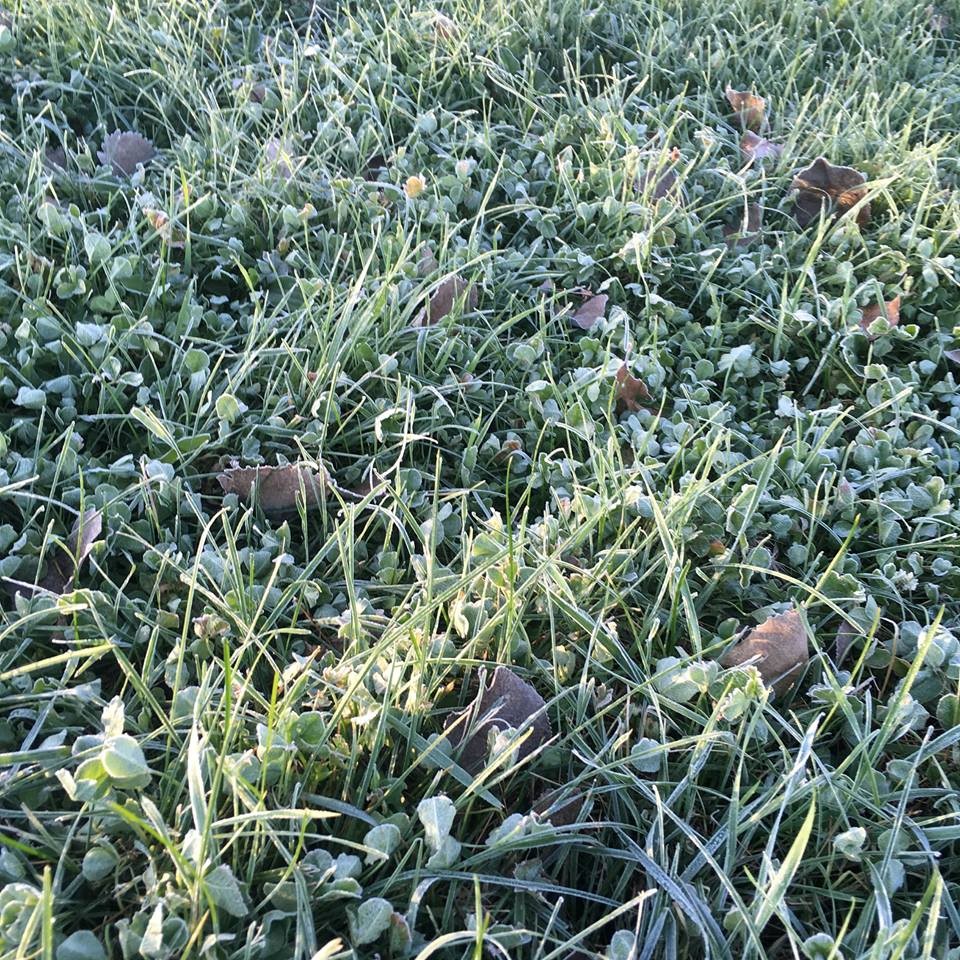Frost Concerns for Grazing Horses

Photo Credit: Krishona Martinson, PhD, University of Minnesota
Fall can be a beautiful time of year for horseback riding. However, frost can negatively impact horse health during fall grazing.
Frost For Grazing Horses Introduces Higher Concentrations of Nonstructural Carbohydrates
There are no reports of toxicity of horses grazing frost damaged pastures (includes grass and legume species). However, frost damaged pastures can have higher concentrations of nonstructural carbohydrates, leading to an increase in potential for founder and colic, especially in horses diagnosed with or prone to obesity, laminitis and Equine Metabolic Syndrome. To help prevent these health issues, wait up to a week before turning horses back onto a pasture after a killing frost. Subsequent frosts are not a concern as the pasture plants were killed during the first frost.
Why do nonstructural carbohydrates increase during the fall? During the day, plants carry out the process of photosynthesis. In this process, they make carbohydrates as an energy source for the plant. A second process, respiration, is carried out when the plants use up the carbohydrates they produce during the night for energy. Plant respiration slows down when temperatures are near freezing. As a result, the plants hold their carbohydrates overnight. Freezing can stop respiration and lock the carbohydrates in the plant for over a week. Thus, plants tend to contain more carbohydrates in colder temperatures or after a frost. Often, horses will prefer forages after a frost due to the higher carbohydrates levels.
